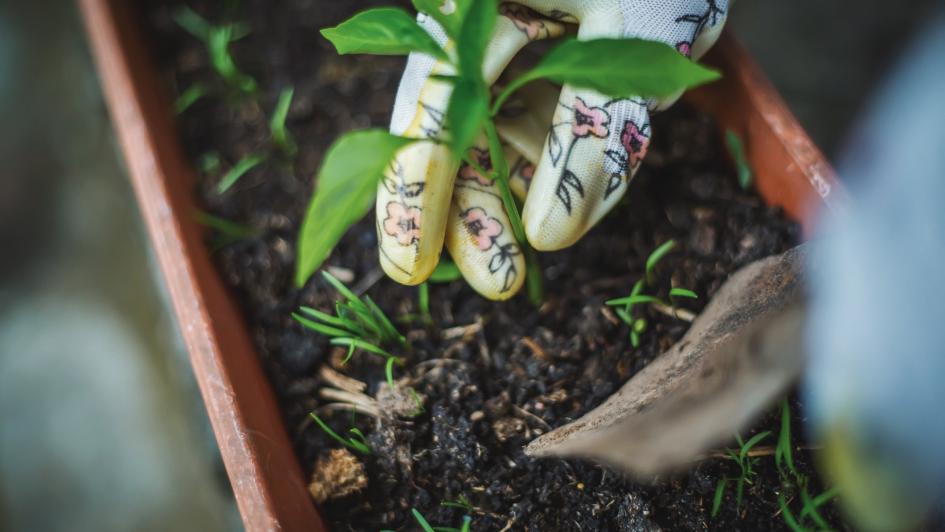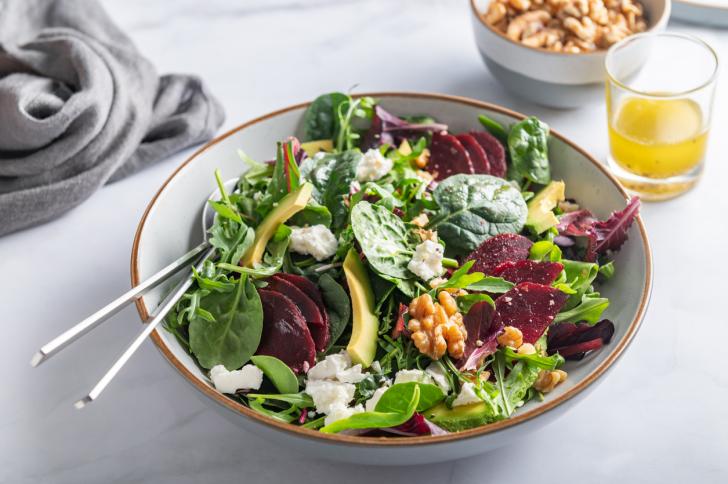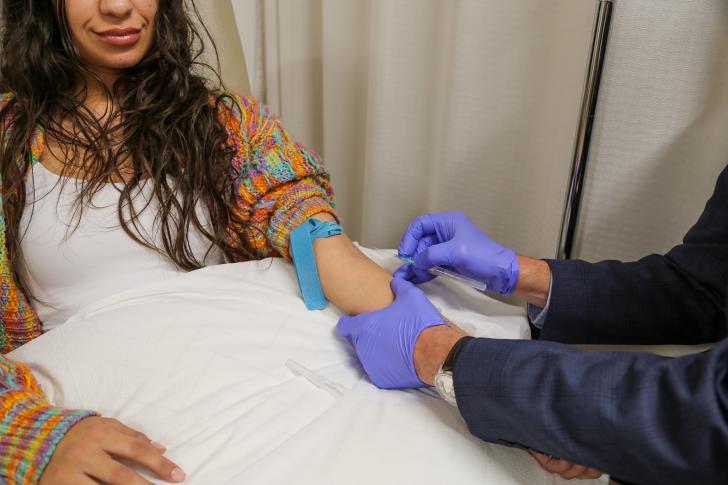What to Plant in Your West Coast Garden

Published
Planting a garden can seem like a daunting task. Caitlin Gilson discusses the veggies that are hearty, easy to grow and are chock-full of medicinal nutrition. How many of these veggies can you plant in time for the summer season?
Greens, greens, and more greens
The cooler temperatures and abundant moisture of spring are ideal for growing greens! Whether you prefer spinach, lettuce, arugula, collards, kale, or Mache, greens have a place in your garden. Greens can easily be directly sown by seed in the garden. In early spring, you might place a layer of agricultural fabric over the seeds to protect tender seedlings from any lingering morning frost. Many greens will over winter giving you an even earlier harvest!
Root veggies
Spring is also a great time to sow your radishes for a quick harvest in 20-40 days. Beets, carrots, rutabaga, and other root veggies can also be sown at this time. Make sure to work your soil either by using a Broadford or cover crops to deeply loosen it allowing for straight, strong root growth. Adding compost, a balanced NPK fertilizer and a mineral supplement into the soil also supports healthy roots.
Peas
Peas have reliable germination, they grow well in cool conditions and kids love them! Whether you choose snap peas, snow peas or shelling peas, all can be sown in early March and produce a quick harvest as pea shoots (20 days) and peas (50-70 days). Try an early spring meal of pea shoot risotto with lemon and parmesan!
Annual and biennial culinary herbs
Dill, parsley and cilantro are all great choices for direct sowing in spring. Some of the warm weather herbs like basil, do best when first planted indoors and then transplanted in early June. Choose slow bolt varieties to maintain the desirable leafy portion of the plant longer and delay flowering. Harvest the plant regularly to encourage branching, but never more than 1/3rd of the plant at a time to allow enough leaves for photosynthesis and energy production! Many of these herbs are self-sowing and if you let them go to seed, you can maintain an herb population in your garden throughout the growing season!
Try something new!
Every year, I like to try a new plant and see how it works in my garden. I often try to push the climate boundaries and see how I can do with warmer weather plants like malabar spinach, chia, okra, hibiscus, shiso, bitter melon, and various colorful heirloom tomatoes. This is a great way to try new gardening techniques and to get excited about eating a new vegetable or fruit that you have never tried! If you are aiming to start a plant that typically grows in a warmer zone, just make sure that you have a long enough growing season (or start seeds indoors to extend the season long enough for a harvest to be produced!)
Caitlin Gilson is a permaculture designer who strives to help connect humans to the environment. Prior to her work at Bastyr, she directed the educational programming for the 176 community gardens in Boston, MA through the Trustees of Reservations. She also created school gardening and horticultural therapy related programs within public schools and designed garden training courses for educators.


